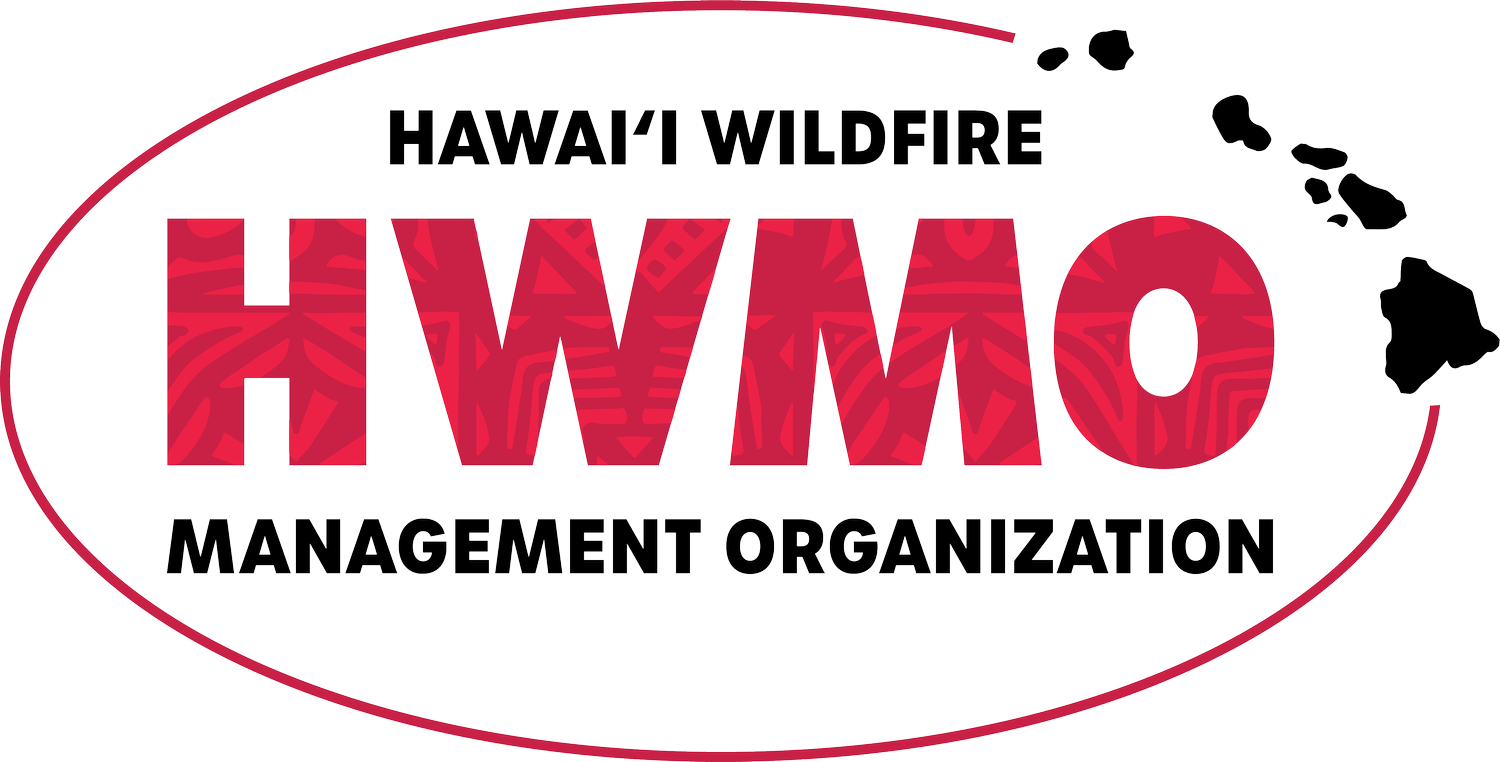As Peat Bogs Burn, A Climate Threat Rises
"A peat sample showing the history of wildfires dating back hundreds of years. Scientists can trace the history of wildfires to better understand how the peat land acts as a carbon sink." (Ed Ou/New York Times)
Did you know that peatlands make up about 3 percent of the earth's land surface, but contain more carbon cumulatively than all of our trees and plants on this Earth? Can you imagine if these areas go up in flames? Check out this very interesting New York Times piece about the effect climate change is having on our peatlands and the potential for a shockingly immense amount of carbon release.
“They take thousands of years to develop,” said Merritt Turetsky, a peat researcher at the University of Guelph in Ontario. “And in five minutes, a wildfire can blow through that area and release five to six hundred years of peat accumulation and change it forever.”
“Drier peat allows more oxygen to get to the roots of trees and other vegetation. This causes them to grow bigger, which means they use more water, further drying the peat.
As trees grow, they also provide more shade, which favors the growth of other mosses that, because they hold less moisture than sphagnum, are less fire resistant.
When the bog does catch fire, it may be more severe, with the combustion spreading deeper into the peat.”














